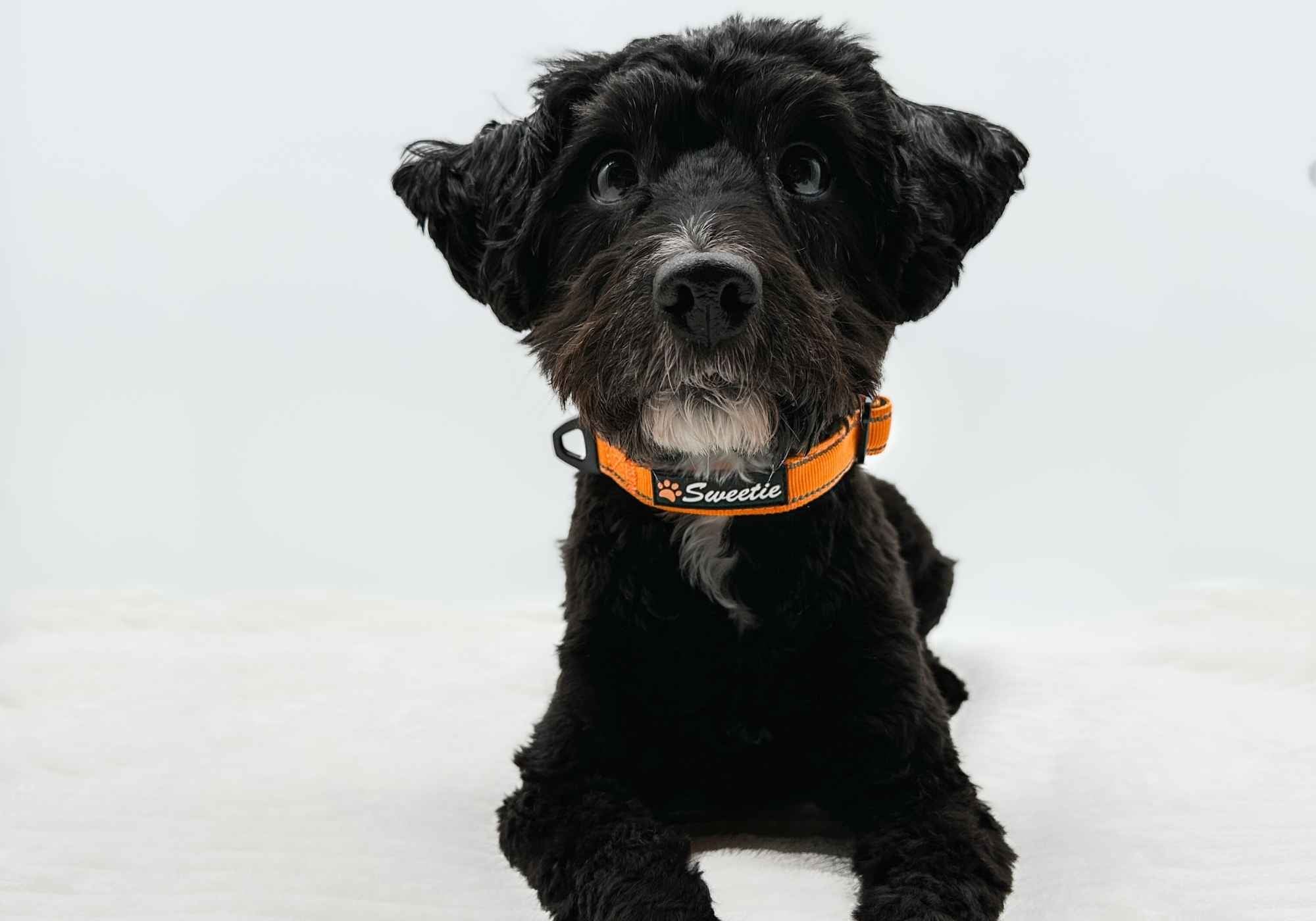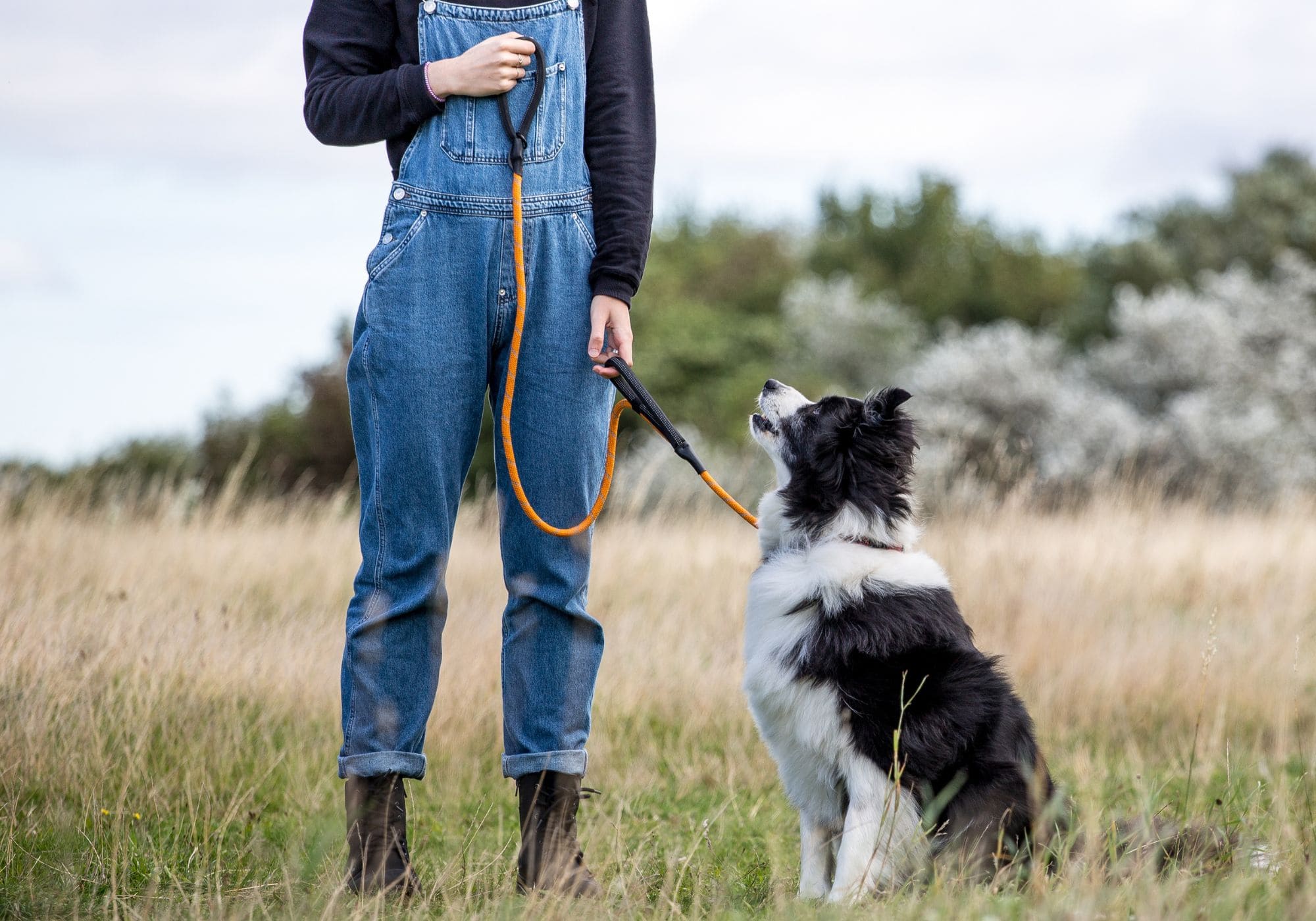How to Train a Cocker Spaniel: Training Tips
Dog training is the recipe for a good dog–friendly, obedient, and well-mannered. Cocker spaniels are easy-to-train dogs, thanks to their happy nature that makes them keen to learn and impress their owners. If you’re planning to own one of these dogs, you may be stuck wondering how to train a cocker spaniel and make coexistence easier.
Training a cocker spaniel dog involves:
- Crate and house training
- Lead training
- Obedience training
In the rest of this article, I’ll take you through the above steps on how to train a cocker spaniel. I’ll go through each step in detail so that by the time you’re done reading, you’ll know where to start and end your canine friend’s training. Let’s dive right in.
Cocker Spaniel Temperament and Personality
Before beginning any dog training, you need to know the type of dog you're dealing with in terms of its personality and temperament.
Luckily, Cocker Spaniels are highly affectionate dogs with sweet dispositions. As gentle and easy-going dogs, Cocker Spaniels make great family pets. They’re also highly intelligent, so they quickly follow commands and tricks.
In terms of personality, these dogs are always lively. In fact, according to PDSA, Cocker Spaniel dogs will always have their tails wagging, whether it’s playtime or dinner time. This is an excellent sign of a happy dog that won't drive you crazy during the training sessions.
In short, Cocker Spaniels are an easy-going breed that loves pleasing their owners, making them perfect candidates for training.
How to Train a Cocker Spaniel: What You Need

First things first, before you start the training sessions, ensure you have all the necessary materials. This will prevent interruptions by stopping along the way to get certain things.
For a smooth training session, ensure you have the following items at your disposal:
- Treats for rewards
- A clicker (if you're using it)
- A lead
- A harness
- A soft collar
- A crate
Also, ensure that the place where you’ll be doing the training is calm and free from distractions to ensure smooth progress with your pup.
Since training any dog is not a one-time activity, the push, drop, and stick technique is crucial for success. The method involves systematically making behaviour or training more challenging. Here is what it means:
- Push: Proceed to the next challenging level
- Drop: Go back to the previous level
- Stick: Stay at the current level of the training
The table below is an excellent guide for this technique:
|
|
How did the dog perform out of 5? |
What action should I take? |
The reason for taking that action |
|
Push |
5 out of 5 |
Increase the difficulty |
The dog performed exemplary at the current level. Therefore, it can move on to harder levels. |
|
Drop |
0, 1, or 2 out of 5 |
Move to an easier level |
The dog might quit because this level is too hard for him. |
|
Stick |
3 or 4 out of 5 |
Remain at this level and do another set of 5 |
The dog doesn't need you to drop the level. However, it’s not ready to proceed to the next level. |
Table 1: Push, drop, and stick dog training technique
1. Crate and House Training
Crate training is an excellent way to give your Cocker its space in the house and prevent anxiety. You shouldn't mistake crate training for imprisoning the dog.
Before you start crate training your Cocker Spaniel, ensure you have the right crate for the dog. The crate should be spacious so your pooch can stand and turn around comfortably.
Once the crate is in place, follow the steps to crate-train the Cocker:
Step 1: Get the Dog Used to the Crate
Remember, the dog isn't used to being in a caged place like a crate. Therefore, introducing it all at once may cause hyperactivity and aggressive behaviours. You should be patient until the dog gets used to the crate.
Here are some tips to make this process easier:
- Make the crate comfortable for the dog: Remove the door and put a soft blanket or bed in the crate. The dog may become curious and even start sleeping in the crate if it’s comfortable.
- Encourage the dog to enter the crate: Put some dog treats in the crate, making sure the dog can easily spot them. It will be eager to get into the crate to feast.
- Encourage the dog to stay in the crate: Once the dog gets into the crate, keep tossing treats until it stays in the crate for some minutes. Remember to talk to the dog happily as it gets into the crate.
Expert Tip: Don't force your Cocker to get into the crate if it refuses to do so at once. Remember, I advised you to be patient and keep trying until the dog does what you want.
Step 2: Start Short Training Sessions
Once the dog is comfortable in the crate, start short training sessions where you gradually increase the time it spends there. Make sure to reward it with treats every time it obeys by staying longer in the crate.
You should also start feeding it from the crate. Being the intelligent dog it's, your Cocker Spaniel will eventually realise that the crate is a place where it gets food. As a result, it will make it a habit to spend more time there.
Here are some key points to note when you decide to feed your Cocker from the crate:
- The dog may not readily get into the crate. If this is the case, ensure the food is far away from the crate–a place where the dog will be comfortable going. You'll then keep moving the dish closer to the crate each time you feed the dog.
- When the dog gets comfortable to eat from the crate, close the door and let it get used to the new environment
Step 3: Incorporate Longer Crating Periods
At this stage, you should start crating the dog for longer periods. To do so, feel free to put it in the crate when you're away or even if you’re at home but busy with other activities.
However, it's worth noting that a crate isn't a magical solution. Crating the dog for too long can do more harm than good–it can cause separation anxiety which translates to stress and health issues like urinary tract infections.
A rule of thumb is to crate your adult Cocker for no more than 3 to 4 hours and 1 to 2 hours for puppies.
2. Leash Training

Leash training is necessary if you’ll be going for walks with your Cocker. A leash-trained Cocker will walk comfortably by your side on a loose leash.
You've probably seen dogs that keep pulling and barking when on a leash. These are the signs of a dog that's not leash-trained.
Here is how to lead train your Cocker Spaniel:
Step 1: Introduce the Dog to a Collar or Harness with a Lead
Let the dog wear a collar or harness and a lead while inside. This allows it to get comfortable with the leash while playing.
Reward your dog with treats anytime it moves around the house wearing the collar or harness and a leash. This will make it more confident to wear it outside.
Step 2: Lure the Dog to Your Side
While the dog is still on the lead and collar, use a tasty treat to lure it to your side. Let it stay there and reward it with a treat when it does so.
Repeat this process until the dog gets used to walking on a lead without being pulled. Remember to step up the game by moving in different directions while keeping the pup by your side.
Step 3: Use Verbal Commands
Take a step forward and use verbal commands such as “come” and “let's go” as your Cocker follows you. This will help strengthen the bond between you two by knowing the dog understands your commands.
You can also use positive reinforcement, such as verbal praise or treats, when the pup behaves appropriately on a leash.
Step 4: Take the Dog Outside
Once the dog gets comfortable in the house while on the leash, it's time to test the outdoors. Start with short walks and gradually increase the distance as it gets used to walking outside.
Make sure not to pull on the leash or suddenly change directions. That might scare your pup or cause it to run away.
Also, ensure there are frequent stops during the walk so the dog can take a breather and keep track of its surroundings.
Keep practising until the dog gets used to walking by your side on a leash.
3. Obedience Training
Finally, you should train your Cocker Spaniel to be an obedient and friendly pet. An obedient-trained Cocker Spaniel will respond to your commands such as sit, stay, come and lay down.
The two commonly used methods for obedience training are:
- Positive reinforcements
- Clicker training
I will discuss the positive reinforcement method since most dog trainers agree it's the most suitable for dogs.
Positive reinforcement involves using praises and treats to reward good behaviours. Basically, it involves rewarding your Cocker Spaniel with treats or verbal praises when it does something you ask.
On the other hand, negative reinforcement is not recommended since it can make your dog aggressive and scared of you. Negative reinforcements involve punishing a pup for a wrong action, for instance, scolding them if they don't respond to your cues.
Positive reinforcement involves the following steps:
- Deciding on the sessions: Training sessions with your Cocker should last between 10 and 15 minutes. This is because success in dog training is achieved in smaller sessions.
- Imparting basic commands: Teach the pup basic commands such as sit, stay and come.
- Providing rewards: As mentioned earlier, reward your Cocker for responding positively to your commands. You can praise the dog by saying "Good boy" or reward it with a treat.
- Consistency: Be consistent in training to ensure your pup responds to you most of the time. With regular practice and consistency, you’ll have an obedient and friendly Cocker Spaniel.
Final Thoughts
Training a Cocker Spaniel is not a walk in the park–It requires patience and commitment. However, hiring a professional dog trainer is advisable if you encounter challenges along the way–the bitter truth is that some people never succeed in training dogs.
Applying the tips shared in this guide on how to train a Cocker Spaniel will ensure it becomes a well-behaved and friendly pet. Good luck!






Leave a comment